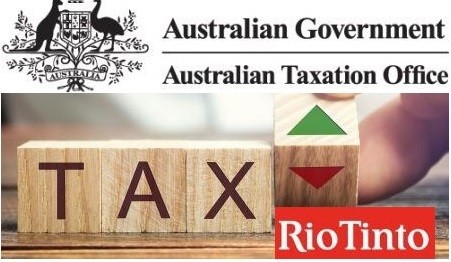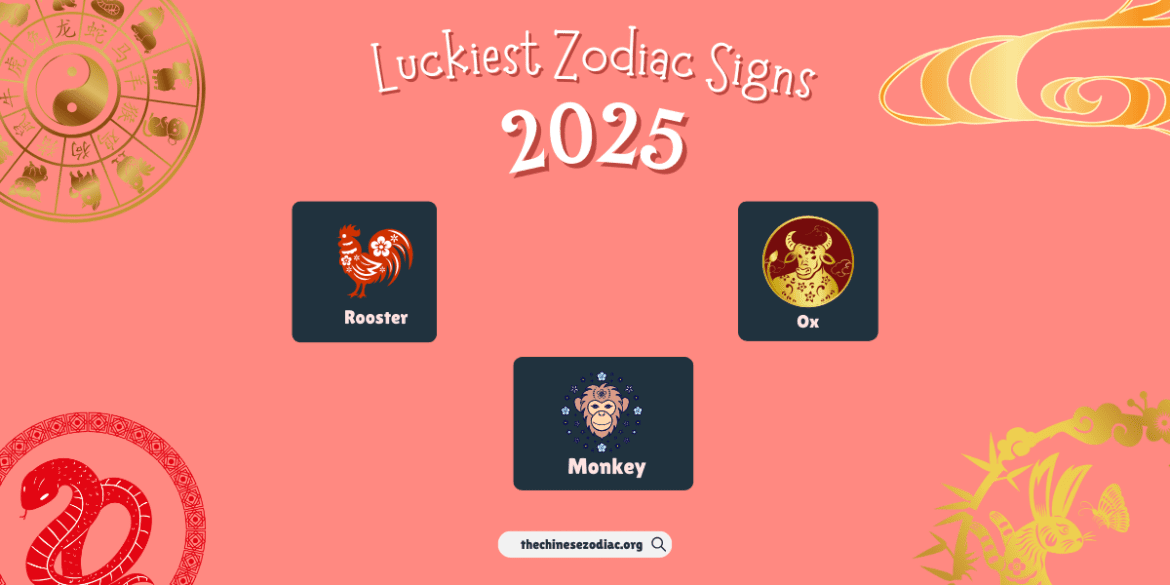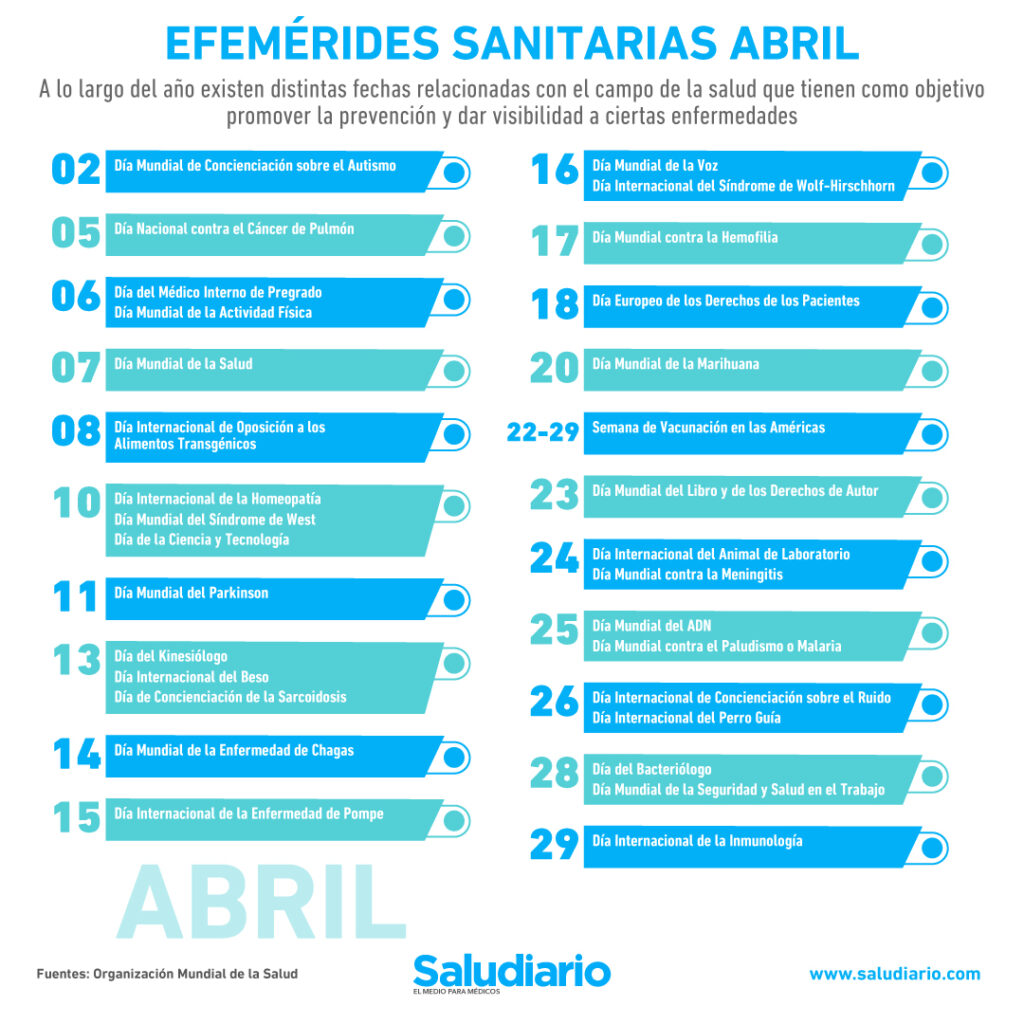The Pilbara's Future: Examining The Rio Tinto And Andrew Forrest Dispute

Table of Contents
Rio Tinto's Operations and Environmental Concerns in the Pilbara
Rio Tinto's extensive iron ore mining operations in the Pilbara have generated significant economic benefits for Western Australia, but they have also faced considerable scrutiny regarding their environmental and social impact.
Juukan Gorge Destruction and its Aftermath
The destruction of the Juukan Gorge rock shelters in 2020 remains a deeply controversial event. These 46,000-year-old shelters held immense cultural significance for the Puutu Kunti Kurrama and Pinikura (PKKP) people, representing a continuous connection to their ancestors. Rio Tinto's blasting of the site, despite concerns raised by the PKKP, ignited a firestorm of public outrage and led to several significant consequences:
- Details of the destruction: The blasting irreparably damaged irreplaceable Aboriginal heritage sites.
- Public outcry: Widespread condemnation from the public, Indigenous communities, and political figures across Australia.
- Governmental inquiries: Several inquiries were launched, exposing significant failings in Rio Tinto's heritage management practices.
- Impact on Rio Tinto's reputation: The event severely damaged Rio Tinto's reputation globally, impacting investor confidence and stakeholder relations.
- Resulting changes in company policy: Rio Tinto implemented revised heritage protection policies, but lingering concerns remain about the effectiveness of these changes.
Ongoing Environmental Impacts of Iron Ore Mining
Beyond the Juukan Gorge incident, Rio Tinto's iron ore mining activities in the Pilbara continue to raise environmental concerns:
- Specific examples of environmental impact: Significant water usage for mining processes, dust pollution impacting air quality and surrounding ecosystems, and habitat loss leading to biodiversity decline.
- Ongoing efforts towards mitigation: Rio Tinto has invested in various mitigation strategies, including water recycling programs and dust suppression techniques.
- Criticisms of these efforts: Critics argue that these efforts are insufficient to offset the considerable environmental damage caused by the scale of their operations.
- Independent assessments of environmental impact: Independent scientific studies are necessary to provide an objective evaluation of the long-term environmental consequences of Rio Tinto’s activities.
Community Relations and Indigenous Engagement
Rio Tinto's relationship with local Indigenous communities is a crucial aspect of its operations. However, its effectiveness in consultation and benefit-sharing remains a point of contention:
- Details of existing agreements: Agreements exist, but their effectiveness in providing meaningful benefits and genuine consultation is regularly questioned.
- Criticisms of engagement strategies: Critics argue that engagement is often superficial, failing to fully address Indigenous concerns and aspirations.
- Examples of successful and unsuccessful initiatives: While some initiatives show success, many fall short of expectations, highlighting the need for deeper collaboration and trust-building.
- Future needs for improved collaboration: Greater transparency, active listening, and a genuine commitment to Indigenous self-determination are essential for future improvements.
Andrew Forrest's Vision for a Sustainable Pilbara
Andrew Forrest, through his company Fortescue Future Industries (FFI), presents a contrasting vision for the Pilbara's future, one focused on sustainable development and Indigenous empowerment.
Fortescue Future Industries (FFI) and Green Hydrogen
FFI aims to transform the Pilbara into a global green energy hub, focusing on the production of green hydrogen using renewable energy sources:
- FFI's goals and investment strategies: FFI's ambitious goal is to become a leading producer of green hydrogen, investing billions in renewable energy infrastructure.
- Potential benefits of green hydrogen for the Pilbara: Green hydrogen offers the potential for economic diversification, creating new jobs and industries beyond iron ore mining.
- Challenges to implementing this vision: Significant investment is required, and technological hurdles need to be overcome to achieve large-scale green hydrogen production.
- Economic potential of the green hydrogen industry: The global demand for green hydrogen is growing rapidly, presenting a huge opportunity for the Pilbara.
Indigenous Partnerships and Economic Empowerment
Forrest's vision also emphasizes Indigenous economic participation:
- Specific partnerships and programs: FFI has established partnerships with Indigenous communities to create opportunities in the renewable energy sector.
- Investment strategies focused on Indigenous communities: Direct investment and job creation initiatives aim to empower Indigenous people economically.
- Examples of economic empowerment projects: Specific projects focusing on skills development, job training, and business ownership within Indigenous communities.
- Success and challenges encountered: While progress has been made, challenges remain in ensuring equitable participation and sustainable benefits.
Critique of Rio Tinto's Approach to Sustainability
Forrest has been a vocal critic of Rio Tinto's approach to sustainability and its impact on the Pilbara:
- Specific points of contention: Criticisms focus on environmental damage, inadequate Indigenous engagement, and a lack of commitment to transitioning to renewable energy.
- Evidence supporting Forrest's criticisms: Public statements, media reports, and independent assessments support some of Forrest's claims.
- Rio Tinto's response to these criticisms: Rio Tinto has responded to criticism, but the depth of its commitment to change remains a point of contention.
- Potential for constructive collaboration: Despite their differences, there is potential for constructive dialogue and collaboration to find common ground.
The Broader Implications of the Dispute for the Pilbara's Future
The dispute between Rio Tinto and Andrew Forrest has far-reaching implications for the Pilbara's future:
Economic Diversification and Job Creation
The Pilbara's economy is heavily reliant on iron ore. Diversification is crucial for long-term sustainability:
- Potential sectors for diversification: Green hydrogen, renewable energy, tourism, and other sustainable industries offer significant potential.
- Job creation potential: Diversification can lead to the creation of high-skilled jobs, reducing dependence on the mining sector.
- Investment opportunities: The Pilbara presents attractive investment opportunities for businesses involved in sustainable development.
- Challenges to achieving diversification: Overcoming infrastructure limitations, attracting investment, and developing a skilled workforce are key challenges.
Indigenous Rights and Land Management
The dispute highlights the ongoing importance of Indigenous land rights and participation in resource management:
- Current legal frameworks: Existing legislation needs to be reviewed to ensure it adequately protects Indigenous rights and interests.
- Future negotiations: Open and transparent negotiations between stakeholders are vital for developing equitable agreements.
- Impact on Indigenous communities: Decisions made will have profound impacts on Indigenous communities' livelihoods and cultural heritage.
- Potential models for collaborative management: Models incorporating Indigenous knowledge and practices in resource management are crucial for sustainable outcomes.
Global Implications for Sustainable Mining Practices
The Pilbara dispute contributes to a broader global conversation on responsible mining:
- International best practices: The dispute underscores the need for global adoption of best practices in environmental stewardship and Indigenous engagement.
- Impact on investor confidence: The conflict has implications for investor confidence in the mining sector and the importance of ESG (Environmental, Social, and Governance) factors.
- Potential for policy changes: The debate may influence policy changes related to mining regulations and corporate social responsibility.
- Influence on other mining operations worldwide: The outcomes of this dispute could have a significant impact on mining practices globally.
Conclusion
The ongoing dispute between Rio Tinto and Andrew Forrest highlights critical issues shaping the Pilbara's future. The debate underscores the urgent need for sustainable mining practices, genuine Indigenous engagement, and a commitment to economic diversification. Andrew Forrest's vision for a green Pilbara offers a pathway toward a more equitable and environmentally responsible future. However, constructive collaboration between all stakeholders is essential for navigating this complex challenge. The future of the Pilbara depends on addressing these issues effectively, fostering sustainable development, and prioritizing the long-term well-being of both its environment and its people. Let's continue the conversation on the Pilbara's future and the importance of responsible resource management in the Pilbara and beyond.

Featured Posts
-
 Porsche Now Labubu
May 24, 2025
Porsche Now Labubu
May 24, 2025 -
 Analysis Mia Farrows Comments On American Democracy After Trump Speech
May 24, 2025
Analysis Mia Farrows Comments On American Democracy After Trump Speech
May 24, 2025 -
 How Nicki Chapman Made 700 000 From Her Country Home Investment
May 24, 2025
How Nicki Chapman Made 700 000 From Her Country Home Investment
May 24, 2025 -
 Apple Price Target Lowered But Wedbush Stays Positive Long Term Investment Potential
May 24, 2025
Apple Price Target Lowered But Wedbush Stays Positive Long Term Investment Potential
May 24, 2025 -
 Buffetts Retirement What Happens To Berkshire Hathaways Apple Investment
May 24, 2025
Buffetts Retirement What Happens To Berkshire Hathaways Apple Investment
May 24, 2025
Latest Posts
-
 April 14 2025 Top 5 Zodiac Signs With Favorable Horoscopes
May 24, 2025
April 14 2025 Top 5 Zodiac Signs With Favorable Horoscopes
May 24, 2025 -
 Horoscope Predictions 5 Lucky Zodiac Signs On April 14 2025
May 24, 2025
Horoscope Predictions 5 Lucky Zodiac Signs On April 14 2025
May 24, 2025 -
 Astrologia Semanal Horoscopo Del 1 Al 7 De Abril De 2025
May 24, 2025
Astrologia Semanal Horoscopo Del 1 Al 7 De Abril De 2025
May 24, 2025 -
 Predicciones Astrologicas Horoscopo Semanal 1 7 Abril 2025 Para Todos Los Signos
May 24, 2025
Predicciones Astrologicas Horoscopo Semanal 1 7 Abril 2025 Para Todos Los Signos
May 24, 2025 -
 Horoscopo De La Semana Del 1 Al 7 De Abril De 2025 Tu Guia Astrologica Completa
May 24, 2025
Horoscopo De La Semana Del 1 Al 7 De Abril De 2025 Tu Guia Astrologica Completa
May 24, 2025
